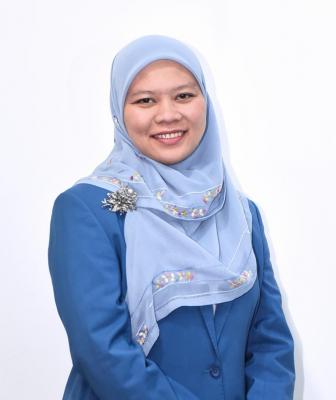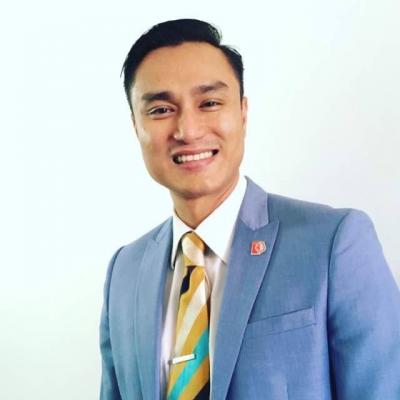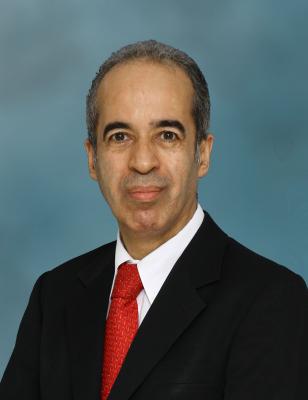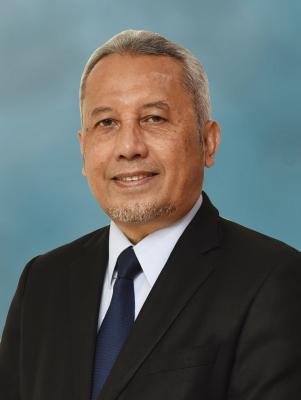This long-term project involved 230 MSU’s students in collaboration with Department of Fisheries Malaysia and Dorken Reef Resources. It first started in 2016 as a result of the findings by Reef Check Malaysia which indicate that living coral has been declining over the last 4 years. This tri-partite effort ensures sustainability of the project in the long term. This project is conducted by MSU as part of the University’s commitment to support the United Nation Sustainable Development Goals – Goal 17: Life Below Water.
Ten colonies of coral fragments were deployed at the initial stage. The lengths of their fragments were measured at every monitoring session. Since then, 10 frames were deployed in 2017, 10 frames in 2018 and 16 frames in 2019. The result showed positive progress on coral growth on the innovative coral frame.
Fish population survey conducted showed the increase in value in term of diversity and numbers. The area has become a habitat for coral reef fish where the damsel's fish are the most abundant. This is a positive sign since the coral that grows in the frame has created a new habitat for fishes as their shelter.
In 2019, using the new advanced MSU Eco-Reef Frame and new faviidae family coral species, it is envisaged that the coral population will be further enhanced at the chosen site. These frames and propagation methods can be replicated at any other areas in the world using appropriate coral and coral fragments that are suitable to the propagation chosen site.



















